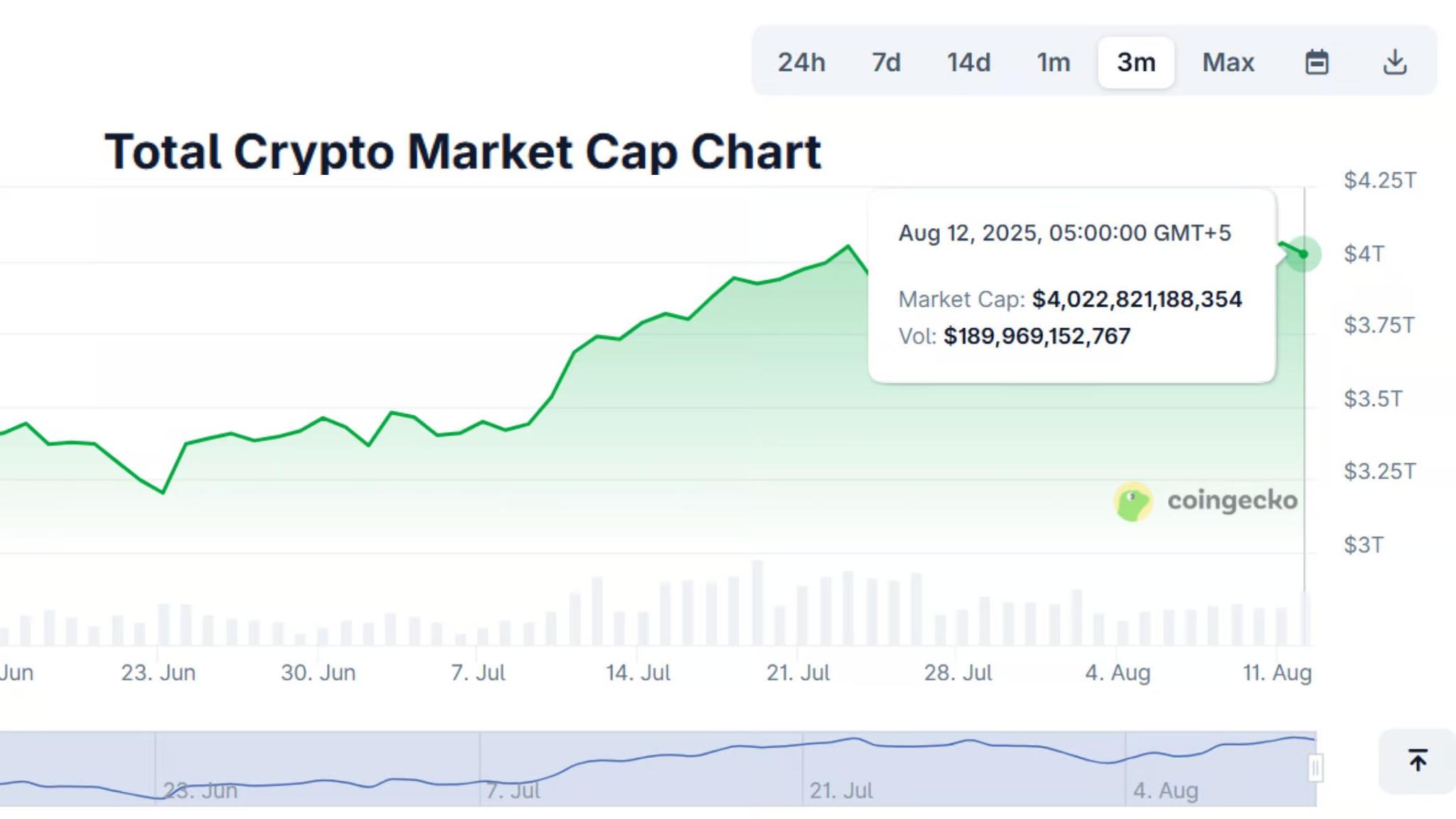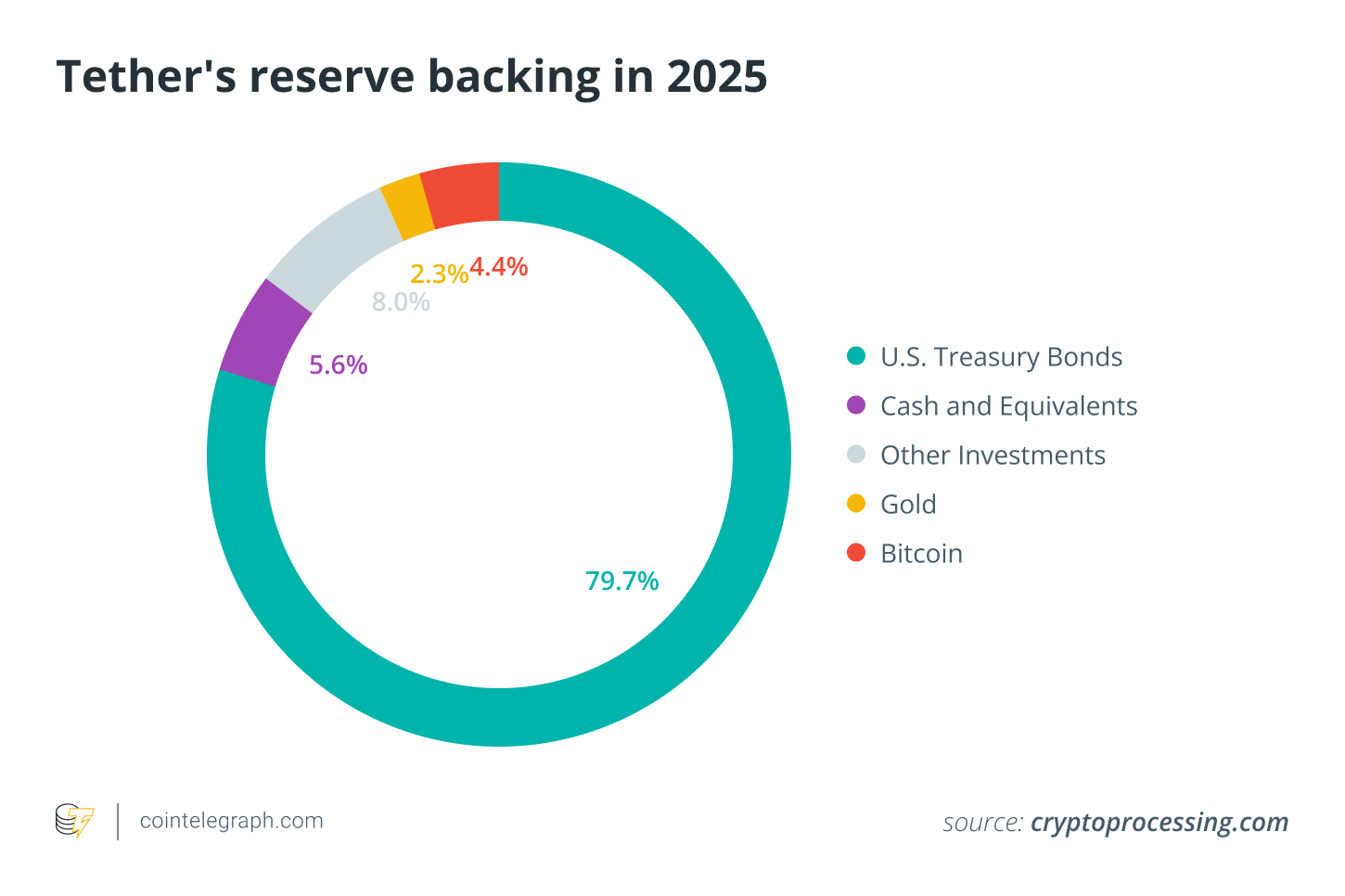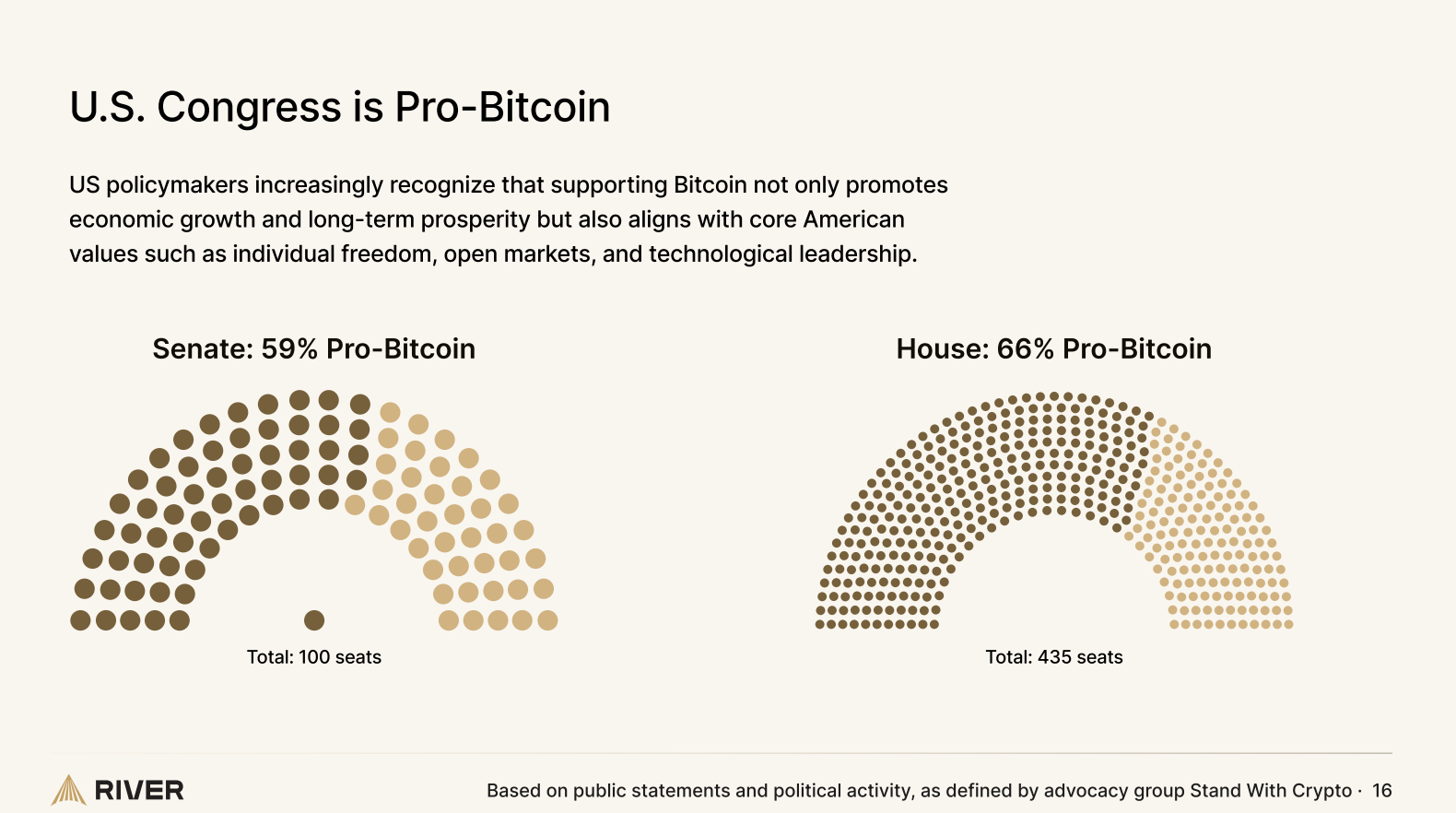Monumental Crypto Regulation Has Digital Assets Poised to Pop
Monumental Crypto Regulation Has Digital Assets Poised to Pop
By: Peter Frerichs
August 13, 2025
The crypto snowball has been gaining volume and speed since President Trump’s election. During Bitcoin 2024, one of the industry’s most important annual Bitcoin conferences, the President made a historic appearance in his run-up to the election. He cemented his support of the industry, and exactly one year later, the GENIUS Act, a landmark piece of legislation that establishes a framework and crypto regulation for the development of stablecoins was signed into law.
On August 11, the crypto market broke through the $4 trillion ceiling.

- Bitcoin surged past $121,000.[1]
- Ethereum notched its highest value since 2021.[2]
- The sector is now bigger than Microsoft or Apple.[3]
Crypto investors and observers are no strangers to big swing rallies. But recent movement is unique for one main reason - clearer crypto regulations.
It’s Finally Here - Crypto Regulation
Love him, hate him, or somewhere in the middle, the President is advancing quickly with his crypto regulation agenda. Regulatory statutes are a snoozefest, so we’ll cut through the morass and provide the pertinent takeaways from the three most important crypto acts ever introduced to Congress.
1. The GENIUS (Guiding and Establishing National Innovation for U.S. Stablecoins) Act
As previously mentioned, the GENIUS Act’s focus is stablecoins (more on these further on) - a digital currency pegged to a stable asset, such as the U.S. dollar. The volatility of cryptocurrencies such as Bitcoin renders everyday consumer use somewhat challenging. Stablecoins are essentially a “stable” cryptocurrency that can be used more securely for purchasing or saving, and the GENIUS Act puts in place a series of regulatory guidelines surrounding permitted issuers, consumer protection, reserve requirements, and similar measures to promote certainty.
Takeaway - For cryptocurrency investors, the GENIUS Act is a signal that crypto regulation is finally here, a long-standing obstacle to digital currency growth. The “normalization” of cryptocurrencies is a massive win for the sector at large.
2. The CLARITY Act (Digital Asset Market Clarity Act of 2025)
The CLARITY Act still needs to make its way through the Senate. If passed, the crypto regulation will require all relevant actors - brokers, exchanges, and dealers - to register with the Commodity Futures Trading Commission (CFTC) and adhere to the same compliance standards as mainstream financial institutions.
Takeaway - The CFTC and the Securities and Exchange Commission (SEC) have been embroiled in a regulatory battle for years over crypto enforcement and oversight. Similar to the GENIUS Act, should CLARITY pass as is, the act will provide regulatory clarity.
3. The Anti-CBDC Surveillance State Act
This act is a mouthful, and also still needs to pass the Senate. But of the three acts, the Anti-CBDC Surveillance State Act is the easiest to summarize - it would ban any effort to put in place central bank digital currencies (CBDCs) within the U.S.
Takeaway - Crypto investors and enthusiasts alike are drawn to cryptocurrencies because they are private and operate outside the traditional financial system. A CBDC would be just the opposite.
The Rise of Stablecoins
While not household names like Bitcoin or Ether, stablecoins have been around for over a decade. Issuers peg the stablecoin to a currency or even gold, and collect interest on the pegged asset.[4] Tether (USDT) is the Nvidia of the stablecoin universe.

Source: Genuine Impact. June 13, 2025. “Stablecoins: The Quiet Giant Behind Crypto’s Next Chapter.”
Tether is one of the largest holders of U.S. treasuries - $120 billion and growing.[5] Users generally deposit dollars, receive a USDT stablecoin in return, and Tether then invests those dollars in yield-generating, low-risk assets.[6] In an elevated global interest rate environment, the passive income is considerable.

Standard Chartered Bank expects stablecoin market capitalization to reach $2 trillion by 2028.[7] Among many things, the GENIUS Act seeks to include reserve requirements so stablecoins that are pegged to the dollar do not forego that 1-1 relationship.
A Test Case in the Wild, Wild West
Wyoming is on the verge of launching the first state-issued stablecoin. One of the co-authors of the GENIUS Act is Wyoming Senator Cynthia Lummis, and the state has been laying the legal and regulatory groundwork since 2018. In mid-July, the custom-built Avalanche blockchain tested a real-time contractor payment, and the results were staggering.[8] Wyoming Governor Mark Gordon has indicated that short-term Treasurys will back the Wyoming Stable Token, and the Wyoming Stable Token Commission already set a 102% minimum reserve of dollars and Treasury bills.[9]
In parallel with the crypto regulation roll-out of the GENIUS and CLARITY (once passed) Acts, all eyes in D.C. are on Wyoming. The state has included favorable provisions to involve credit unions in the issuance, custody, and transaction of stablecoins. This opens the door for a traditional banking actor, like a credit union, to enter the digital payments market.[10]
Crypto Regulation Paves a Clearer Path for Investors
Stablecoins are prominently centered in the President’s crypto regulation push. But as we mentioned earlier, the integration of stablecoins into the world of finance further validates cryptocurrencies overall. For example, a new partnership between Coinbase Global, one of the largest U.S. cryptocurrency exchanges, and PNC Financial Services Group provides PNC institutional and retail customers with a way to hold, buy, and sell a range of cryptocurrencies via their PNC accounts.[11]
In terms of the upcoming crypto regulation requirements, two blockchain networks appear to be in very favorable positions:[12]
Ethereum
- Ethereum hosts approximately $130.3 billion worth of stablecoins. New regulations mean auditors and risk officers, and large players like Ethereum are well-positioned to construct a structure quickly and efficiently that can appease regulatory requirements.
XPR Ledger
- The GENIUS Act’s requirement that issuers maintain robust money-laundering and redemption controls aligns well with companies like XRP Ledger, a decentralized, public blockchain. The company already has built-in tools for identity screening, account freezes, and blacklists.
Concluding Thoughts
It is hard to play down the significance of the GENIUS Act and the upcoming CLARITY and Anti-CBDC Surveillance State Acts on the crypto sector. Initially marginalized as fringe investments, cryptocurrencies now feature a range of options with risk appetites that appeal to investors of all stripes.

Support for Bitcoin is now clearly over half of the Senate and the House, and as crypto regulation further evolves, expect the U.S. to continue its push to be the digital currency capital of the world.
Sources:
[1] Wasay, Abdul. August 12, 2025. “Crypto Market Cap Surges Past $4.1 Trillion as Bitcoin Leads Breakout Rally.” Tech Juice.
[4] McKenna, Francine. August 5, 2025. “In Stablecoins We Trust?” Chicago Booth Review.
[5] Peak, Bradley. July 2, 2025. “Tether made $5.2B in 2024: Here’s how stablecoins make money.” Coin Telegraph.
[7] McKenna, Francine. August 5, 2025. “In Stablecoins We Trust?” Chicago Booth Review.
[8] PYMNTS. July 17, 2025. “Wyoming Tests Use of State-Issued Stablecoin for Contractor Payments.”
[10] Frank, Bobbie. August 12, 2025. “Wyoming leading the way in digital assets, and how credit unions can benefit.” CU Insight.
[11] Hollerith, David. July 22, 2025. “Coinbase and PNC to work together as crypto reaches for Main Street.” Yahoo Finance.
[12] Carchidi, Alex. June 28, 2025. “3 Ways the Genius Act Could Affect the Cryptocurrency Sector Over the Next 5 Years.” The Motley Fool.
